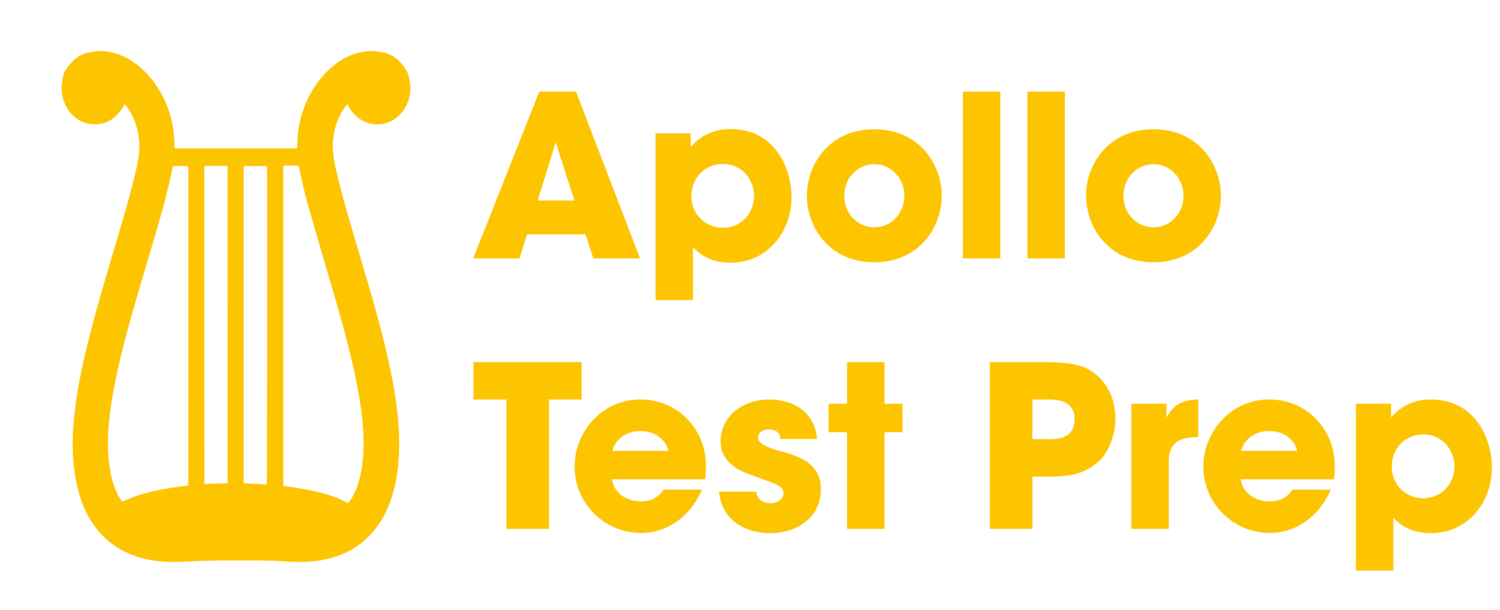LSAT Explanation PT 31, S2, Q14: Historian: Leibniz, the seventeenth-century philosopher, published
LSAT Question Stem
Which one of the following is an assumption required by the historian's argument?
Logical Reasoning Question Type
This is a Necessary Assumption question.
Correct Answer
The correct answer to this question is E.
LSAT Question Complete Explanation
First, let's break down and analyze the argument in the passage:
1. Leibniz published his version of calculus before Newton (Premise)
2. Newton had been using calculus ideas for a decade before Leibniz's publication (Premise)
3. Newton claimed he disclosed calculus ideas to Leibniz in a letter (Premise)
4. Newton's letter did not reveal anything important about calculus (Premise)
5. Therefore, Leibniz and Newton each independently discovered calculus (Conclusion)
The question type for this problem is Necessary Assumption, asking us to identify an assumption required by the historian's argument.
Now let's evaluate each answer choice:
a) Leibniz did not tell anyone about calculus prior to publishing his version of it.
- This is not an assumption required by the argument. The argument is focused on the independent discovery of calculus by Leibniz and Newton, not whether Leibniz told anyone else.
b) No third person independently discovered calculus prior to Newton and Leibniz.
- This is not an assumption required by the argument. Even if a third person independently discovered calculus, it wouldn't affect the conclusion that Leibniz and Newton each independently discovered calculus.
c) Newton believed that Leibniz was able to learn something important about calculus from his letter to him.
- This is not an assumption required by the argument. The historian's argument is based on the content of the letter, not Newton's belief about what Leibniz could learn from it.
d) Neither Newton nor Leibniz knew that the other had developed a version of calculus prior to Leibniz's publication.
- This is not an assumption required by the argument. The historian discusses Newton's letter to Leibniz, which shows that Newton knew about Leibniz's work.
e) Neither Newton nor Leibniz learned crucial details about calculus from some third source.
- This is the correct answer. The historian's conclusion is that Leibniz and Newton each independently discovered calculus. To reach this conclusion, the historian must assume that neither Newton nor Leibniz learned crucial details about calculus from a third source, as that would undermine the claim of independent discovery.
In conclusion, the correct answer is (e) Neither Newton nor Leibniz learned crucial details about calculus from some third source. This assumption is required by the historian's argument to support the conclusion that Leibniz and Newton each independently discovered calculus.
